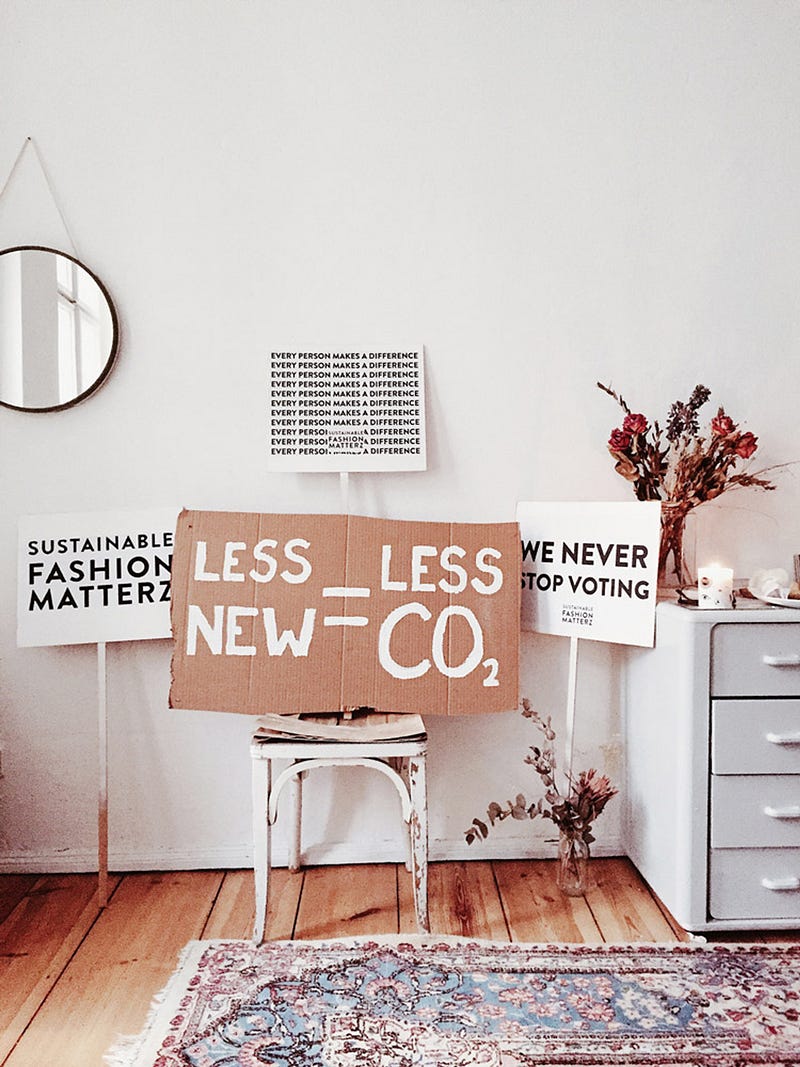How to make your wardrobe sustainable

In today’s world, where fast fashion dominates, it’s essential to consider the environmental and social impact of our clothing choices. Creating a sustainable wardrobe not only helps reduce waste but also promotes ethical practices in the fashion industry. By making conscious decisions about what we wear, we can contribute to a more sustainable future. In this article, we will explore practical steps you can take to make your wardrobe more sustainable.
1. Assess Your Current Wardrobe
The first step towards a sustainable wardrobe is assessing what you already have. Take a close look at your clothes and accessories, and evaluate their quality, durability, and versatility. Identify the items you love and wear frequently, as well as those that no longer serve a purpose. This process will help you understand your style preferences and determine which items can be repurposed or donated.
2. Choose Quality Over Quantity
Investing in high-quality, timeless pieces is key to building a sustainable wardrobe. Instead of succumbing to fast fashion trends that encourage disposable clothing, opt for well-made garments that are designed to last. Look for durable fabrics, sturdy construction, and attention to detail. While initially, these pieces may have a higher price tag, their longevity and versatility will save you money in the long run.
3. Embrace Secondhand and Vintage Shopping
One of the most sustainable ways to refresh your wardrobe is by embracing secondhand and vintage shopping. Thrift stores, consignment shops, and online platforms offer a treasure trove of unique and pre-loved clothing options. Not only will you find one-of-a-kind pieces, but you’ll also contribute to reducing textile waste and the carbon footprint associated with new garment production.
4. Support Ethical and Sustainable Brands
When purchasing new clothing, prioritize ethical and sustainable brands. Look for labels that prioritize fair wages, safe working conditions, and environmentally friendly production methods. Many brands now provide transparent information about their supply chains and materials. By supporting these companies, you encourage responsible practices and contribute to a more sustainable fashion industry.
5. Practice Mindful Consumption
Before making a new purchase, ask yourself if you truly need the item. Consider its versatility and how it fits into your existing wardrobe. Avoid impulse buying and instead practice mindful consumption. By being selective and intentional with your purchases, you can minimize waste and ensure that each item you own serves a purpose.
6. Take Care of Your Clothes
Proper care and maintenance of your garments are essential for prolonging their lifespan. Follow care instructions, wash items on a gentle cycle, and air dry whenever possible. Repair any minor damages promptly, such as loose buttons or loose threads. By extending the life of your clothes, you reduce the need for frequent replacements and contribute to a more sustainable wardrobe.
7. Explore Clothing Rental and Swapping
For special occasions or trendy pieces, consider clothing rental services or organize clothing swaps with friends. Renting allows you to enjoy new outfits without the commitment of ownership, while swapping enables you to refresh your wardrobe without spending money or adding to your environmental impact. These options promote the circular economy and reduce clothing waste.
8. Donate or Recycle Unwanted Items
When decluttering your wardrobe, donate items that are in good condition to charities or local thrift stores. By doing so, you give your clothes a second life and support community organizations. For garments that are no longer wearable, research textile recycling programs in your area. Recycling helps divert textiles from landfills and allows them to be repurposed into new materials.
Conclusion
Creating a sustainable wardrobe is a journey that requires conscious decision-making and a shift in mindset. By assessing your current wardrobe, choosing quality over quantity, embracing secondhand shopping, supporting ethical brands, practicing mindful consumption, taking care of your clothes, exploring rental and swapping options, and donating or recycling unwanted items, you can make a significant impact on reducing your fashion footprint. Remember, every small step counts, and together we can contribute to a more sustainable and responsible fashion industry.


Comments
Post a Comment